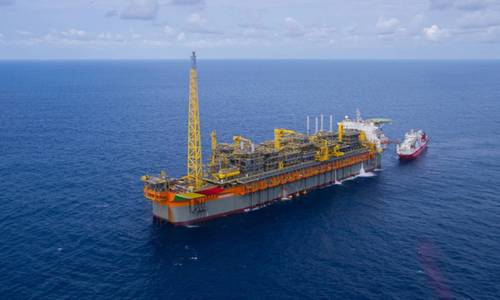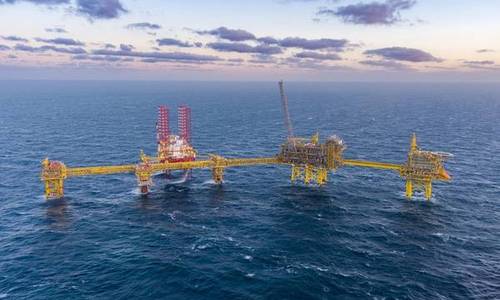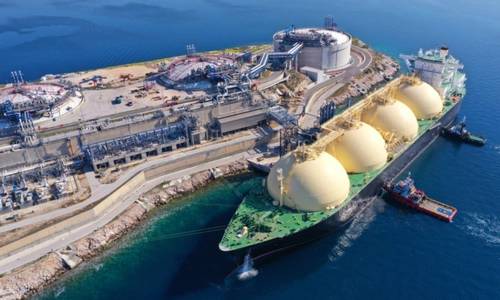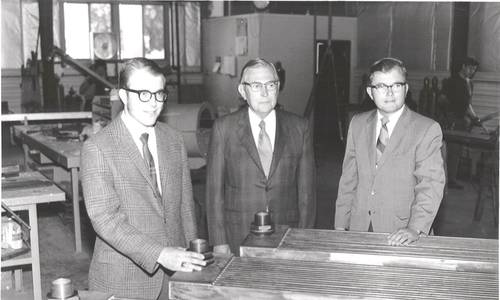Svendborg Brakes' Yaw Brake Solution Transforms Wind Turbine Maintenance
By Jürn Edzards, Business Development Manager for Svendborg Brakes, a Regal Rexnord brand
October 31, 2024
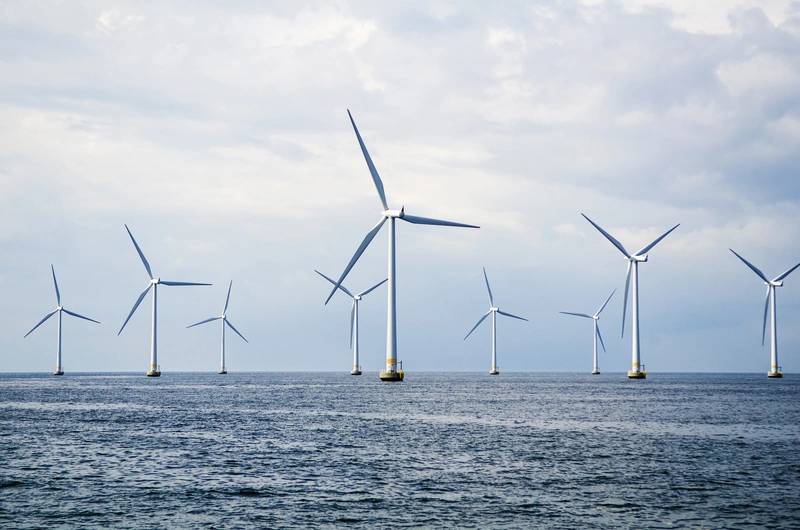
When damaged yaw brake discs were preventing numerous wind turbines from operating in optimum conditions, their operator was looking for an economical maintenance service that would ensure the turbines’ availability. Svendborg Brakes, a Regal Rexnord Brand, developed a new solution to quickly restore operations - cutting disc resurfacing activities and exchange pads to only 3 days, while requiring only a day and a half of true downtime.
As the Wind Industry navigates short-term challenges and sustained growth potential, Regal Rexnord’s decades of industry experience, deep application knowledge and robust testing capabilities offer low-risk, high-value solutions that prioritize profitability for OEMs and reliability for wind farm owners both on and offshore.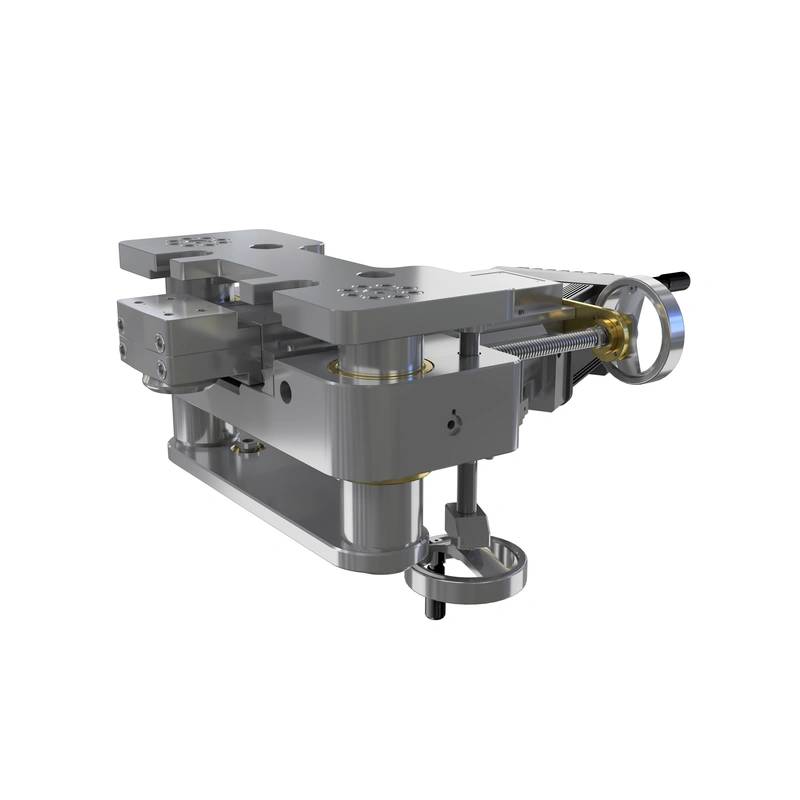 Disc Resurfacing Tool. Image courtesy Regal Rexnord
Disc Resurfacing Tool. Image courtesy Regal Rexnord
The High Stakes of Yaw Brake Repair
Wind turbines have become bigger, with taller hub heights and larger rotors. This increase in size creates additional challenges for maintenance and repair efforts, especially for offshore installations where the turbines can be located 1-2 hours away from land.
The yaw system of the wind turbine generators (WTGs) has the essential role of orientating the nacelle towards the wind and holding it in position. Performing both yaw stopping and holding functions, the brakes are under constant use and are required to operate reliably. The condition of the brake disc surface is key to the brake system’s performance, it must be smooth and emain free from damage. Over time, the surface of the yaw brake will begin to suffer wear and small imperfections will appear. These imperfections will affect yaw brake performance and ultimately reduce the productivity of the WTG – eventually leading to a failure, which could cause compound damage to other components.
If the WTG were to fail, the repair would require removing the nacelle of the turbine to access the yaw system. This would be very expensive, requiring the use of a crane, additional labor, and increased downtime. Instead of replacing the brake disc, operators utilize a resurfacing process to eliminate the imperfections which is traditionally a time-consuming task. Many operators accept the downtime caused by disc resurfacing as an unwelcome but essential chore. However, when one custodian of several WTGs off the coasts of Denmark and the UK identified that several of their yaw brakes were damaged, they were eager to find a solution that could expedite the process.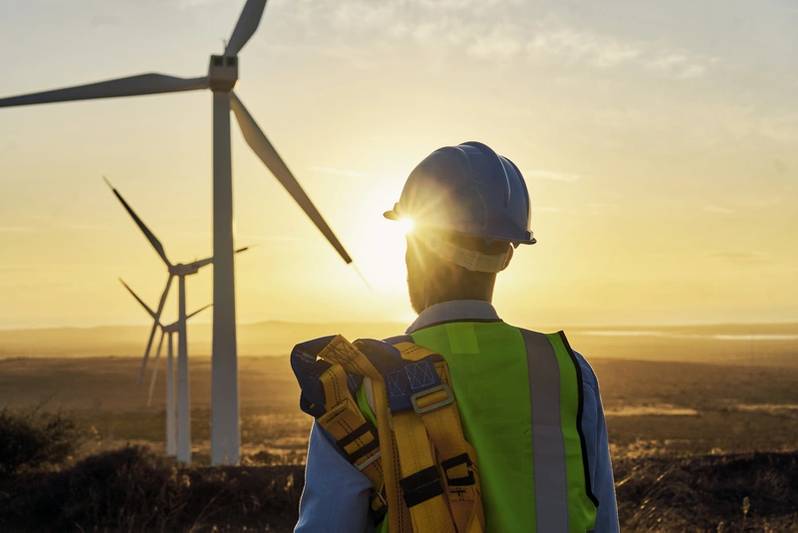 Image GettyImages courtesy Regal Rexnord
Image GettyImages courtesy Regal Rexnord
Revolutionizing Brake Disc Resurfacing
The turbine operator was looking to minimize any downtime associated with disc resurfacing operations. To do so, it contacted Svendborg Brakes, a part of Regal Rexnord, and asked todevelop a solution that would address the requirement of removing the brake systems from the tower. The company was selected due to their comprehensive brake repair services in wind turbines, which has proven to streamline overall maintenance and repair operations by providing all the services that typically require multiple contractors.
Svendborg Brakes has solutions installed in over 200,000 wind turbines globally, both on and offshore. Thanks to their extensive expertise in braking systems and its suite of components that are manufactured in-house, Svendborg Brakes was able to develop an innovative, portable disc resurfacing tool. This tool consists of a milling machine that quickly repairs the disc onsite while minimizing the quantity of fine dust produced during the process.
James Woods, Senior Project Manager, Engineering & Test at Svendborg Brakes, said, “With only 1 mm thickness of material removed from the disc, the solution we developed was able to exceed our expectations, delivering an end result of extremely high quality.
Even more, the process is extremely fast, with less than a day required to repair the disc.” The groundbreaking tool is extremely compact and lightweight, allowing it to be easily transported to the top of the wind turbine. The disc resurfacing tool is mounted using one of
the yaw brake mounting positions. This is an easy to install and minimally invasive process. The disc resurfacing tool can also be operated manually or automatically, via single-axis computer numerical control (CNC) – the latter being accomplished using the company’s proprietary software. It is possible to map the surface of the disc to create a CNC machining profile that the disc resurfacing tool uses to accurately follow the disc. Since this process does not require the turbine nacelle to be removed to resurface the yaw brake disc, the operator saw three major areas of cost savings: no lifting equipment required to remove the nacelle, no supply vessels needed to complete a replacement project, and no purchasing and installing of a new yaw brake disc.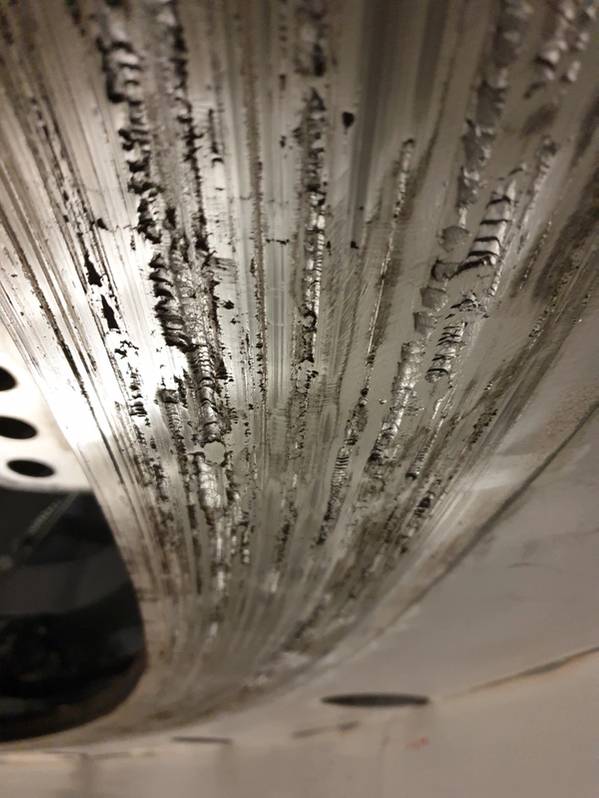 DRT "Before". Image courtesy Regal Rexnord
DRT "Before". Image courtesy Regal Rexnord
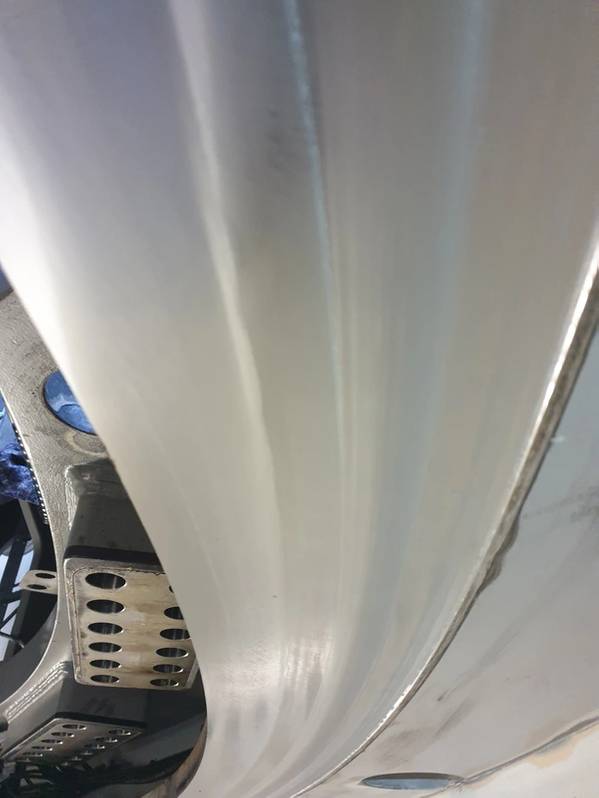 ... and "After". Image courtesy Regal Rexnord
... and "After". Image courtesy Regal Rexnord
Continued Innovation for the Future of Wind
As a full-service provider of braking solutions, Svendborg Brakes was able to combine additional elements to streamline the entire maintenance process. First, the repair team could utilize an LBS yaw brake lifting tool developed in-house to quickly and easily remove the brake from the disc as well as reinstall them afterwards. The entire project could then be completed in three days, which is incredibly brief compared to “typical” brake pad removal/replacement projects. In addition, the specialized teams were able to perform a complete pad exchange within this timeframe.
Svendborg Brakes’ experience in wind turbine operations and yaw brake systems was crucial to bypass dismantled components and allow the WTG to run during the night. As a result, it was possible for the operators to generate power for at least 12 hours every day, yielding 50% more uptime than most typical projects of this scope. After the successful development of a new disc resurfacing tool and its adoption for the repair of wind turbines off the coasts of Denmark and the UK, Svendborg Brakes has discussed future projects with the WTG operator as well as other wind turbine owners and operators.
As the industry continues to see significant growth, manufacturers must navigate increasing logistical complexities and the need to adapt their operating models to keep up with market demands and challenges. As turbines continue to grow in both size and output, the durability of components is out to the test, with quality issues leading to significant operational and financial consequences. Regal Rexnord™ provides complete solutions for the Wind industry, from design and manufacturing to installation and continuous support.

